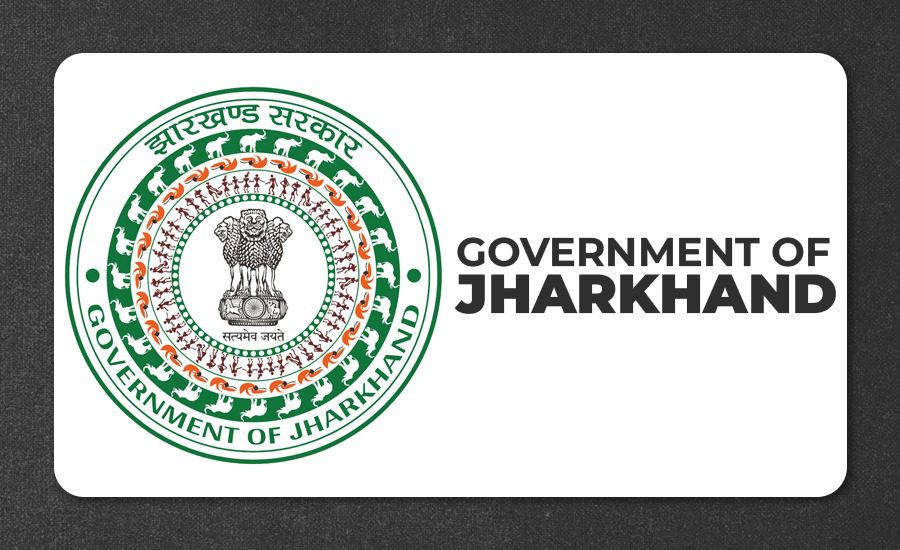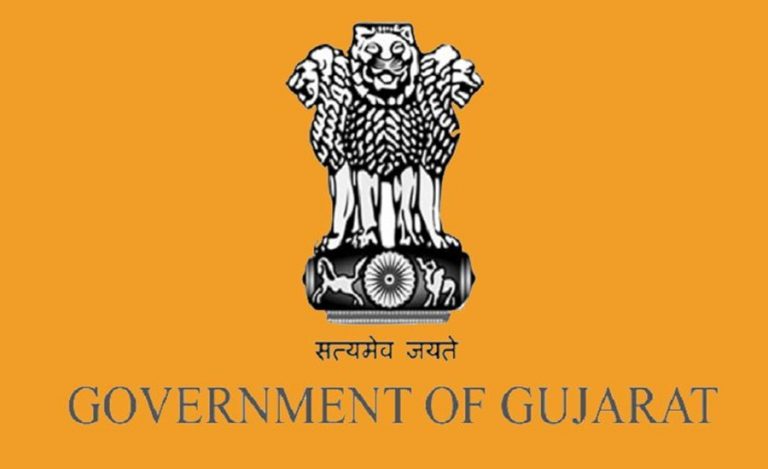Ranchi: In a sharp rebuke of administrative inertia, supreme court has summoned the Home Secretary of the state of Jharkhand after multiple instances of the state failing to enter its appearance before the court. The move signals the judiciary’s intolerance for repeated non-compliance and emphasises that even state departments must honour court summons and obligations.
Background
The issue stems from repeated instances where the state of Jharkhand did not appear in proceedings before the Supreme Court of India, despite service of notices. The court observed that “no one entered an appearance despite service.”
The bench made it clear that such disregard weakens the rule of law and undermines public faith in the judicial process.
Importance of the Move
This step by the Supreme Court is important for several reasons:
Judicial authority affirmed: It reinforces that the judiciary will not tolerate non-appearance by state actors.
Administrative accountability: It signals to all states that ignoring court processes carries consequences.
Strengthening rule of law: It ensures that government agencies remain bound by procedural requirements.
Public confidence: It reassures citizens that recalcitrance by officials won’t be ignored.
Key Challenges to Watch
Despite its importance, several challenges persist:
Bureaucratic lethargy: Admin departments may delay responding to court summons or fail to prioritise legal appearances.
Resource constraints: Some state departments may lack timely legal representation or coordination.
Precedent of impunity: When non-compliance goes unchecked, states may develop a culture of delay.
Logistical issues: Ensuring online appearances and notifications to high-ranking officers may involve administrative hurdles.
Key Implications of this Ruling
The court’s action has layered implications:
For Jharkhand: A direct notice to its highest administrative officer means intensified scrutiny of compliance culture in the state.
For other states: It serves as a warning that appearing before courts is not optional but mandatory.
For governance: The push may trigger reforms in how state departments handle judicial processes and legal notices.
For litigants: It boosts confidence that the judiciary will act firmly when state entities default.
Way Forward
To ensure this kind of enforcement becomes routine rather than ad hoc, the following steps are recommended:
Structured legal calendar: State governments should maintain a calendar of all pending court appearances and notices.
Designated nodal officers: Each department should appoint a senior officer accountable for court compliances.
Automated alert systems: Notification systems can trigger reminders to appear before court and track compliance.
Periodic audits: Independent audits of state-wise compliance with judicial summons can be instituted.
Training and awareness: Bureaucrats should be offered training on the imperative of judicial compliance and consequences of non-appearance.



























